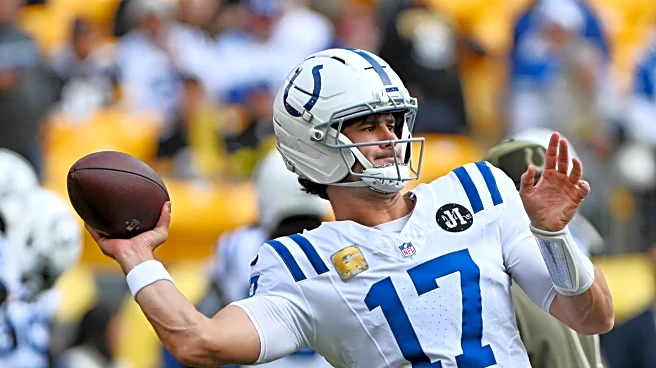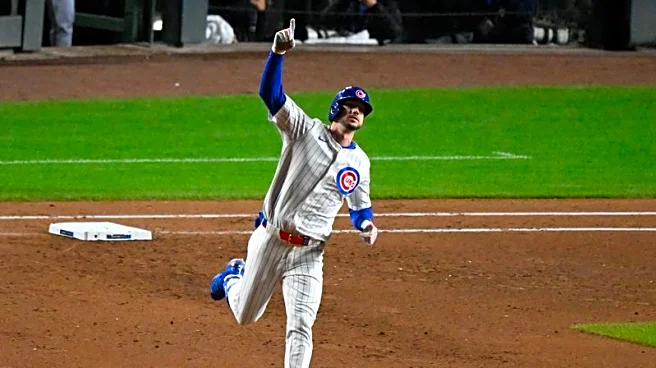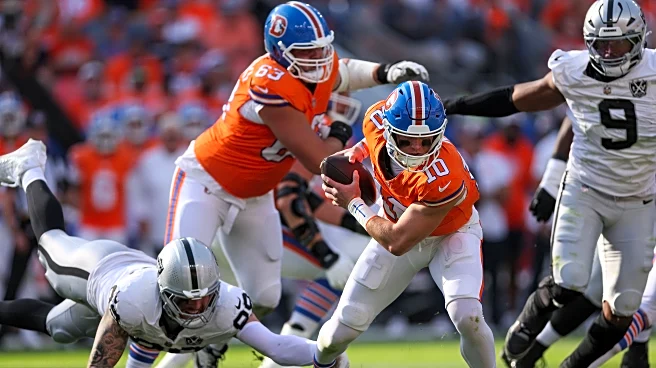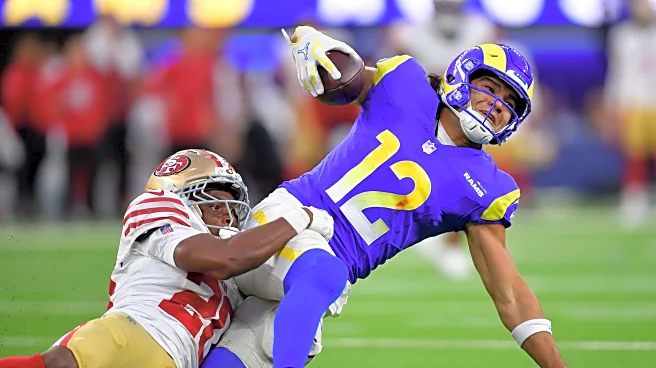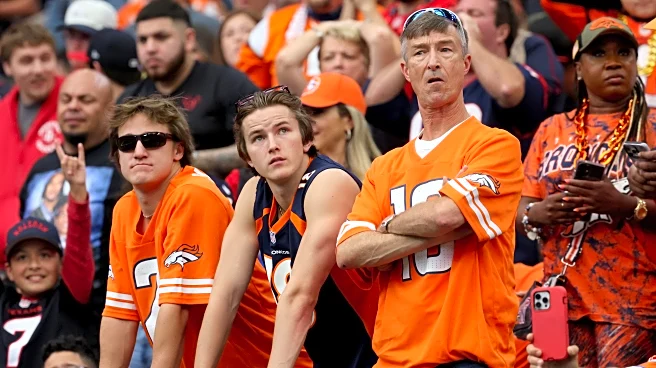This winter, former Phillie Fernando Valenzuela will be considered for the Hall of Fame by the Contemporary Era committee. Of course, few people call him “former Phillie Fernando Valenzuela”, even though
it’s technically an accurate description. He spent just a single year in Philadelphia, and it wasn’t a terribly exceptional one. Still, should he be selected by the committee, Philadelphia, N.L., will appear on his plaque. He wouldn’t be alone in having just a single year in Philadelphia on his immortal ledger. Eleven Cooperstown residents played for the Phillies for just a single year (and one more managed for slightly less than that). Most of these legends didn’t have particularly legendary performances here: if you’re a Hall of Fame caliber player playing just a single season with a squad, it’s likely because you’re at the tail end of your career. Still, for a time, these legends were all Phillies. Even if they aren’t usually remembered as such.
Roger Connor (1892)
Between stints with the New York Giants, Roger Connor, mustachioed power hitter, had a short stay in Philly. His one season manning first base at the Baker Bowl was a good one: he led the National League in doubles and posted 6 WAR. Then he brought his mustache and his bat back to the Polo Grounds.
Dan Brouthers (1896)
After spending sixteen years with various National League clubs (the Troy Trojans, the Detroit Wolverines, etc), first baseman Dan Brouthers came to the Phillies. He did well with the bat (.344/.462/.445), but played in only 57 games. He must have loved playing with a band of Brouthers, because he stuck around in the minors after leaving Philly. He made it back to the bigs for a pair of games with the Giants, then stuck around in the minors a bit before calling it a career.
Johnny Evers (1917)
“These are the saddest possible words: ‘Tinker to Evers to Chance’”. So wrote Franklin Pierce Adams, lending an immortal phrase to baseball’s lexicon. The 4 in that in that vaunted 6-4-3 combo made his name in Chicago, played a few seasons in Boston (Braves, not Sox), then ended up in Philly, playing the second half of the 1917 season there. That seemed to be the end of his career, but he returned to Chicago five years later for a single game with the Sox. Then seven years after that, he played a single game with the Braves again.
Hack Wilson (1934)
As befit his name, Hack Wilson had some real power, leading the Senior Circuit in round trippers four times. But by the time he became a Phillie, that power had vanished. He started 1942 as a Dodger, where he hit six homers in 67 games. He finished the season in Philadelphia, where he played 7 games, recorded two singles, and then wrapped up his career.
Lloyd Waner (1942)
Lloyd Waner, centerfielder, made his name in Pennsylvania. In Pittsburgh, though. After a fourteen remarkable seasons in the Steel City, Waner found himself tossed between Pittsburgh, Boston, and Cincinnati in a tumultuous 1941. 1942 saw him join the Phillies, where he played in most games but didn’t put together a terribly impressive performance (.261/.300/.307).
Bucky Harris (1943)
Bucky Harris took over as the Phillies manager in 1943 after tenures with the Nationals (two, actually, the first of which began with a World Series title), Tigers, and Red Sox. He assembled a 39-53-2 record, got fired by owner William D. Cox, revealed Cox had been betting on Phillies games, thus forcing his resignation. A lot of action for a short tenure. After two years in the minors, he joined the Yankees, with whom he won his second Series. He then went back to the Nationals for a third time, and finished his career with a final few years in Detroit.
Jimmie Foxx (1945)
Jimmie Foxx is a bona fide Philadelphia baseball legend. But that was mostly thanks to his days with Connie Mack’s White Elephant A’s. He spent the last year of his career with Philadelphia’s other club, playing first, third, and, most interestingly, pitching, something he had only done in one other game prior to that year. He started two games and appeared in seven more in relief, posting an ERA of 1.59. That brief stint as a hurler, unlike his brief stint in Philadelphia, isn’t mentioned on his plaque in Cooperstown. But it was a particularly interesting final season for an immortal player.
Sparky Anderson (1959)
Sparky Anderson spent his entire playing career with the Phillies. Unfortunately, that playing career lasted only one season, thanks to a lackluster bat ( .218/.282/.249, OPS+ of 43). That won’t get you into Cooperstown. Five pennants and a trio of World Series titles as a manager, however, will.
Ryne Sandberg (1981)
Sandberg’s 13 games in Philadelphia didn’t leave much of an impression. So why did Chicago want him so badly? Well, they had an ex-Phillie executive in their front office, and he had seen enough of Sandberg as he came up through the minors to get a pretty good sense for what his potential was. No Hall of Fame Phillie played fewer games with the club than Sandberg, to the eternal lament of the Philadelphia faithful.
Joe Morgan (1983)
The Big Red Machine saw a Big Red Exodus in 1980, as Pete Rose headed for Philadelphia, and Joe Morgan returned to Houston and her Astrodome. It took a few years (and an additional stop in San Fran), but Morgan eventually reunited with Rose in Phillies pinstripes. Morgan posted the worst batting average of his career (.230) that season, but kept enough pop in his bat to post a 3 WAR season. He contributed two homers in the postseason as the Phillies fell to the Orioles.
Tony Pérez (1983)
It was a full-on Big Red Reunion in Philadelphia in 1983, as Tony Pérez returned to the Senior Circuit with her Philly club after three years in Boston. But while you can’t imitate the past, you can’t recapture it: despite the presence of the teammates from his Cincy glory days, Pérez had a quiet year, slashing just .241/.316/.372. He appeared in the last four of the Phillies’ five World Series games; despite playing a few more years back in the Queen City, these were the last postseason games of his career.
Pedro Martínez (2009)
Sure, Pedro Martinez played for the Expos and Mets. But by joining the Phillies at 37 after a quartet of seasons in Queens, he finally found his way to the NL East’s good guys. Limited by injury, he only had 44.2 innings to give, but they werestrong ones: he pitched his way to a 3.63 ERA and a 5-1 record. Unfortunately, his Phillies career— and his career as a whole— ended on a bit of a sour note: he started two games in the World Series against the Yankees and took the loss in both, including in the decisive game 6.



